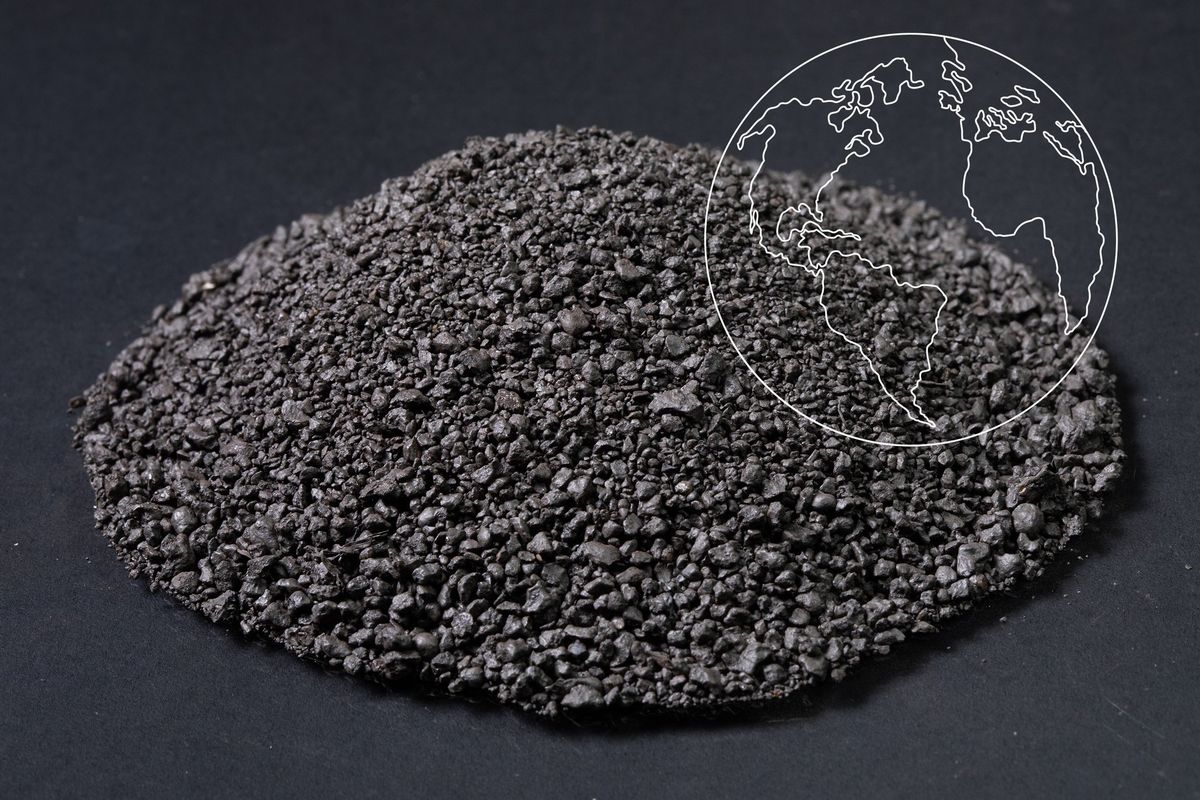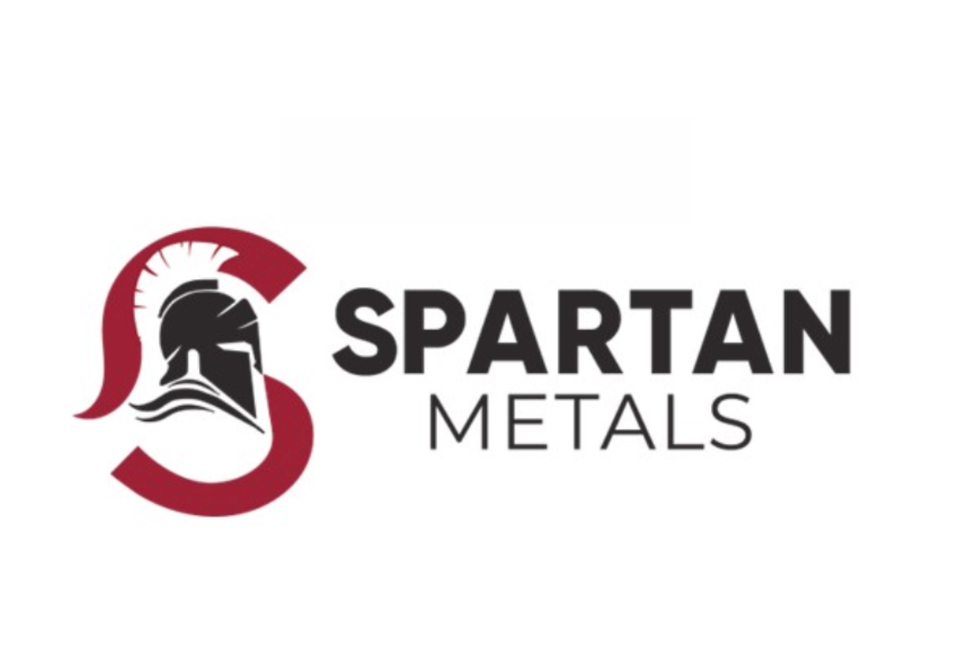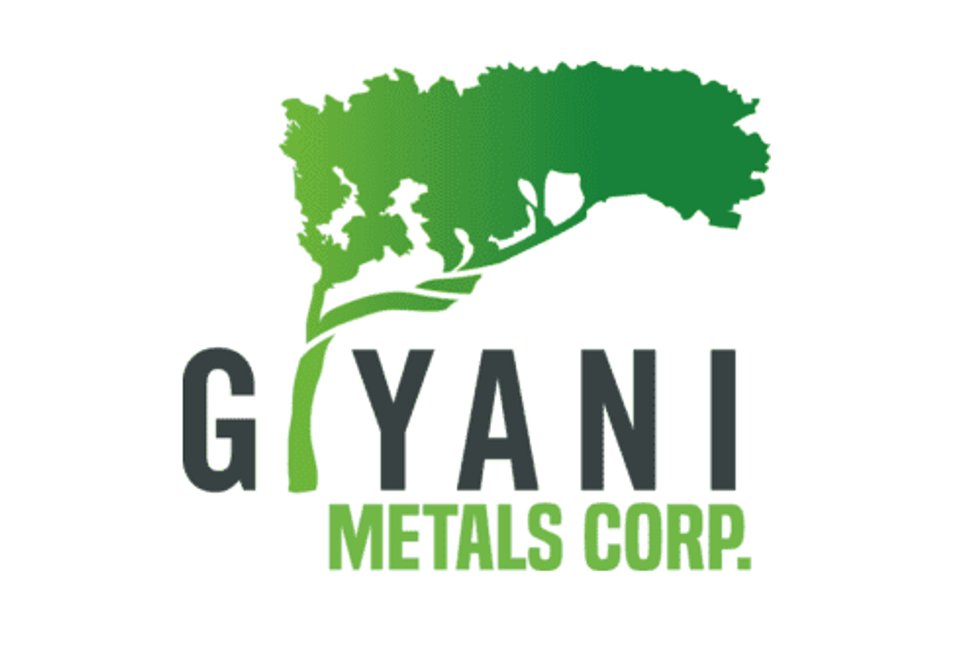Top 9 Manganese-producing Countries
Wondering which countries produce the most manganese? Learn about output from the 10 largest miners of manganese in the world.

Market volatility has become the norm for the top manganese-producing countries in recent years.
In April 2024, manganese prices leaped upward in the second quarter due to Tropical Cyclone Megan significantly damaging the Groote Eylandt Mining Company (GEMCO) manganese mine in Australia. However, a surge in alternative supplies and the weak state of Chinese demand caused prices to pull back to their original level by September.
Manganese prices have remained flat in the first quarter or 2025. Looking forward, analysts are pinning further support for manganese prices on China's ability to right its economic ship. While the majority of manganese supply goes to the steel industry, there's also much to be said for the metal's use in lithium-ion batteries as the green energy transition progresses.
Benchmark Mineral Intelligence projects that demand for manganese will increase by eight-fold between 2020 and 2030 on rising demand for electric vehicle batteries.
What are the uses of manganese?
The steel industry is the primary end user of manganese metal, consuming it as an alloy to enhance the strength and workability of the key construction material. Manganese is also mixed with aluminum to manufacture tin cans.
Aside from that crucial application, manganese dioxide and manganese oxide are often used as cathode materials in the production of zinc-carbon and alkaline batteries. Additionally, after crude oil is refined, manganese may be used as an additive to help coat and protect a car’s engine.
And, as mentioned, one of the most promising uses of manganese is in the lithium-ion battery sector. The silvery metal is used in lithium-nickel-manganese-cobalt (NMC) batteries, which have improved energy loading and lifespan. Batteries using this mineral composition are in high demand in the electric vehicle sector. Manganese is also being added to lithium-iron-phosphate (LFP) batteries to make lithium manganese iron phosphate (LMFP) batteries, increasing their energy density, capacity and low-temperature performance.
Manganese production by country
The Investing News Network has compiled an overview of the nine top manganese producers by country in 2024. As the manganese market continues to develop, it’s useful to learn about the top manganese-producing countries, including the three highest producers: South Africa, Gabon and Australia.
South Africa is particularly notable, as it is the source of 37 percent of the manganese production in the world. Interestingly, South Africa is also home to almost 33 percent of global economic manganese mineral reserves, although many other countries are significant manganese producers with sizeable reserves.
All stats on manganese production by country are taken from the US Geological Survey’s (USGS) most recent report on the metal and mine data is sourced from MiningDataOnline.
1. South Africa
Manganese production: 7.4 million metric tons
Manganese reserves: 560 million metric tons
South Africa, the world’s largest producer of manganese in the world by far, produced 7.4 million metric tons of manganese in 2024, up 200,000 MT compared to 2023. The country also holds the largest reserves of manganese at 560 million metric tons and 70 percent of the world’s known manganese ore resources.
South32 (ASX:S32,OTC Pink:SHTLF) is a major presence in the South African manganese industry. The diversified miner also produces bauxite, alumina and thermal and metallurgical coal, as well as other in-demand minerals.
The company holds a 44 percent indirect interest in the South Africa Manganese operation in the manganese-rich Kalahari Basin alongside joint venture partner Anglo American (LSE:AAL,OTCQX:AAUKF) at 29.6 percent. The operations consist of the open-pit Mamatwan mine and the underground Wessels mine.
Jupiter Mines (ASX:JMS) is also operating in the area at its 49.9 percent owned Tshipi Borwa mine. Tshipi Borwa is considered the largest manganese mine in South Africa and one of the five largest in the world.
2. Gabon
Manganese production: 4.6 million metric tons
Gabon's manganese production in 2024 was 4.6 million metric tons, making it the second highest manganese-producing country. Located on the central-western coast of Africa, Gabon was the origin of 63 percent of US manganese ore imports in 2024.
Moanda is a key manganese operation in the country. Eramet (EPA:ERA), the world’s second largest miner of high-grade manganese ore, operates the mine through its subsidiary COMILOG. In the fourth quarter of 2024, Eramet temporarily paused production at Moanda in reaction to market oversupply.
3. Australia
Manganese production: 2.8 million metric tons
Australia’s manganese production in 2024 was 2.8 million metric tons of manganese, just below 2023's 2.86 million MT.
As the largest producer of manganese ore, South32 has a 60 percent stake in the GEMCO manganese operations in the Northern Territory. The open-cut manganese mine is one of the world’s lowest-cost manganese ore producers. Anglo American holds the other 40 percent interest in GEMCO.
South32 anticipates the damage to its wharf operations brought on by Tropical Cyclone Megan will restrict export sales until at least the first quarter of the 2025 calendar year.
South32 and Anglo American previously owned the Tasmanian Electro Metallurgical Company (TEMCO) alloy smelter, but sold the facility to GFG Alliance in 2021.
4. Ghana
Manganese production: 820,000 metric tons
In 2024, Ghana produced 820,000 metric tons of manganese, slightly up from the prior year. Most manganese mined in Ghana comes from the western region around the city of Takoradi.
Consolidated Minerals, better known as Consmin, holds a 90 percent stake in Ghana Manganese Company, which runs the Nsuta mine. Consmin, a subsidiary of Ningxia Tianyuan Manganese Industry (TMI), is one of the four largest producers of manganese in the world by volume.
Manganese ore from the operation was traditionally destined for the electrolytic manganese metal market, much of it as captive supply for TMI’s China-based operations.
5. India
Manganese production: 800,000 metric tons
In 2024, India produced 800,000 metric tons of manganese metal, up 56,000 MT year-over-year.
As with China and Brazil, India is one of the leaders in manganese consumption. The vast majority of India’s manganese goes to the production of steel.
State-owned MOIL is India's largest manganese producer and controls the country's only electrolytic manganese dioxide (EMD) manufacturing plant. In its fiscal 2023/2024, which runs from April to March, MOIL posted all-time high manganese ore production of 1.76 million MT. In the first nine months of its fiscal 2024/2025 period, MOIL reported 1.33 million MT of manganese ore production.
6. China
Manganese production: 770,000 metric tons
China manganese production in 2024 was 770,000 metric tons of the metal, just over its production from 2023. However, it remains a sizeable decrease from the 1.34 million MT of manganese China produced in 2020. Much of this decline can be attributed to COVID-19-related disruptions and more recently production cuts on lower demand from the country's property sector.
As mentioned, the country is not only a player in manganese ore production, but also a major consumer of manganese as it uses large amounts of the metal in steelmaking.
Several large manganese ore deposits were reportedly discovered in Guizhou province in 2017, but have yet to be advanced. They are not counted by the US Geological Survey, which places China’s economic manganese reserves at 280,000 metric tons — the second largest globally.
Firebird Metals (ASX:FRB,OTC Pink:FRBMF) is partnering with a Chinese company to build a high-purity manganese sulfate monohydrate plant in China that will provide materials for the EV battery industry.
7. Brazil
Manganese production: 590,000 metric tons
Brazil produced 590,000 metric tons of manganese in 2024, 2,000 MT higher than its output in 2023.
Major miner Vale (NYSE:VALE) was previously the largest manganese miner in the country, accounting for 70 percent of the market. However, in 2022 the company offloaded its Center-West manganese and iron ore assets in Brazil to J&F Investimentos, whose subsidiary Lhg Mining now operates them.
In the first half of 2023, Lhg announced it had resumed manganese operations at the Urucum underground mine in Brazil. In October of that year, J&F shared plans in its budget to invest US$1 billion in the iron and manganese operations.
Buritirama Mining, a subsidiary of Grupo Buritipar, is another large manganese producer in Brazil. The company plans to make a significant investment of US$200 million to expand operations at its Para state mine.
8. Malaysia
Manganese production: 410,000 metric tons
Malaysia produced 410,000 metric tons of manganese in 2024, on par with the previous year. The country recently emerged on the scene as a new hub for manganese ferroalloy production.
Malaysia’s ferromanganese production accounts for 24 percent of US imports, as per the USGS. OM Sarawak, a subsidiary of Singapore-based manganese and silicon metals company OM Holdings (ASX:OMH,OTCQX:OMHI), owns a ferrosilicon and manganese alloy smelter in Malaysia. The smelting complex produced 317,995 MT of manganese alloy in 2024.
9. Côte d’Ivoire
Manganese production: 360,000 metric tons
The West African nation of Côte d’Ivoire produced 360,000 metric tons of manganese in 2024, nearly on par with the 357,000 MT produced in 2023. The country has ramped up its manganese production significantly in the last decade, peaking at 525,000 MT in 2020.
According to Côte d’Ivoire's Ministry of Economy, Planning and Development, there are four operating manganese mines as of 2024: Bondoukou, Guitry, Kaniasso and Lagnonkaha.
The majority of Côte d’Ivoire's manganese exports make their way to steel-producing giant China, followed by India and Latvia.
FAQs for manganese
Is manganese a metal?
Manganese is considered an important industrial metal. With the atomic number 25, it is a hard, brittle, silvery metal that is only second to iron among the transition elements in its abundance in Earth’s crust.
What function does manganese dioxide have in batteries?
Manganese dioxide has long been used as a depolarizer in alkaline batteries, but this is not the manganese battery market that is now the most interesting. Attention is being drawn to lithium-ion battery chemistries that require manganese — such as lithium-manganese oxide batteries and lithium-nickel-manganese-cobalt oxide batteries.
In these batteries, electrolytic manganese dioxide is used as a cathode material. Investors who believe battery sector demand for manganese will increase are optimistic that lithium-ion batteries that require manganese will become more common in the future.
Don’t forget to follow us @INN_Resource for real-time news updates!
Securities Disclosure: I, Melissa Pistilli, hold no direct investment interest in any company mentioned in this article.



